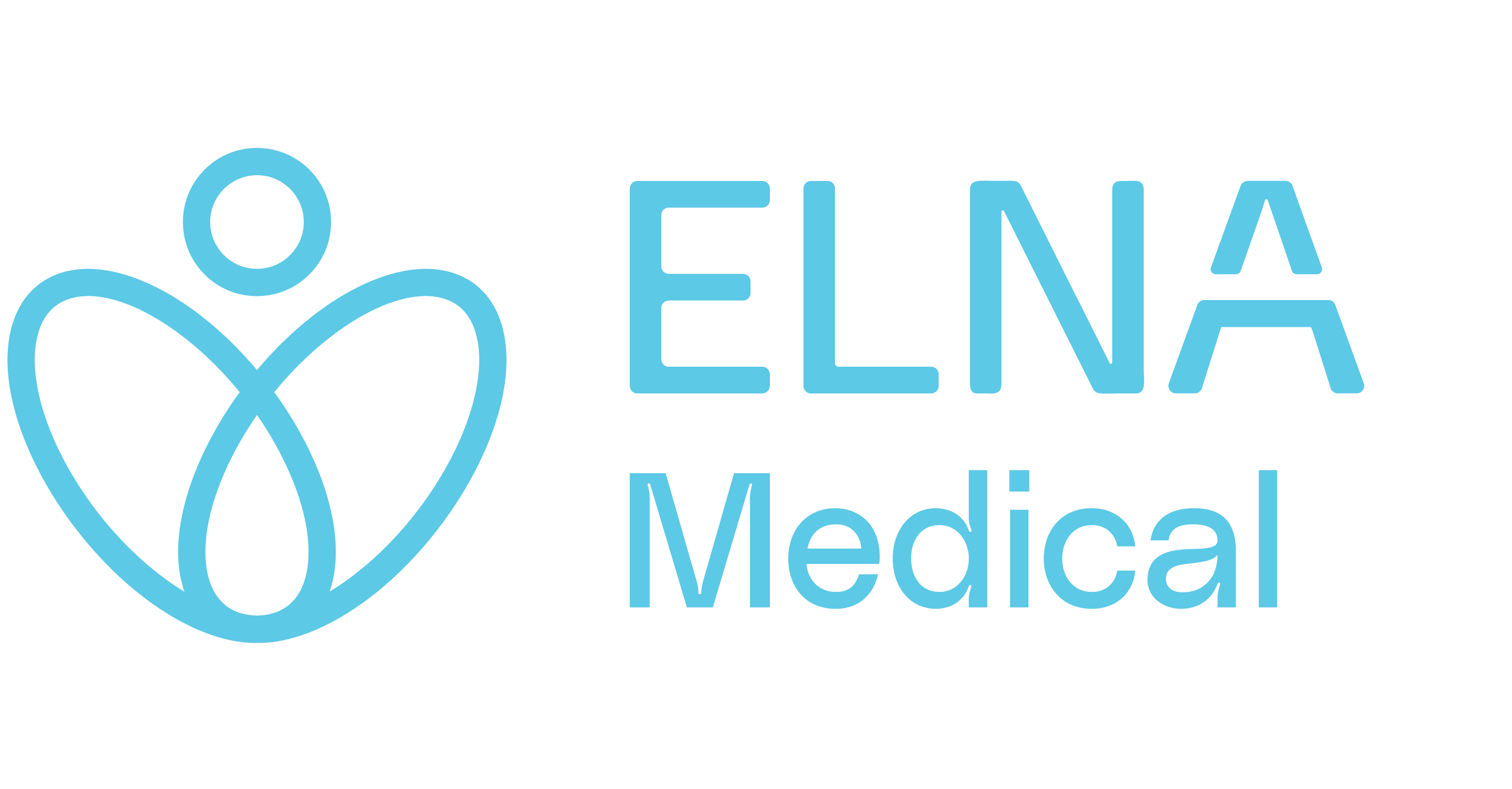Depression is a silent burden that affects the mental health of millions of Canadians and Quebecers every year. The number of people affected has risen sharply since the pandemic. In August 2022 in Montreal, 12% of adults had a high psychological distress score1, compared with 9% in 2020.
Medication solutions (antidepressants) are often prescribed for people suffering from depression, but can be ineffective or have undesirable side-effects. Fortunately, there is another solution for patients suffering from antidepressant-resistant depression: Repetitive Transcranial Magnetic Stimulation (rTMS).
In our article, find out what rTMS is and how it compares with other treatments. If you have any further questions, please contact our Neurotherapy Montreal mental health clinic.
What is transcranial magnetic stimulation?
TMS is a non-invasive technique that involves applying magnetic pulses to a specific area of the brain to change the electrical activity in the brain and restore chemical balance. rTMS has been approved by Health Canada since 2003.
In the case of depression, the dorsolateral prefrontal cortex (front left part) is targeted to increase brain activity and thus reduce the symptoms of depression.
In this video, Philippe Mazaltarim, Director of Operations at Neurotherapy Montreal, explains the rTMS technique.
In what situations is rTMS used?
rTMS was initially developed as a treatment option for major depressive disorder. It is often considered when medication and psychotherapy have not produced the desired results. It can also be offered to people for whom the use of medication is contraindicated or poorly tolerated.
Over time, rTMS has shown benefits in the treatment of other psychiatric disorders, such as anxiety, obsessive-compulsive disorder (OCD) and neuropathic pain. It is particularly useful for people who have not responded adequately to other forms of treatment.
Psychologists may recommend rTMS to help patients regain their general well-being. It is often used in conjunction with psychotherapy to optimise the results of treatment. Talk to your doctor about it!
How does a session work?

The patient sits comfortably in an armchair and a qualified technician or doctor places the TMS coil against the scalp, depending on the target area in the brain. The coil generates a series of magnetic pulses that pass through the scalp and skull to stimulate the underlying brain tissue. The treatment requires no anaesthetic or sedation.
The frequency and duration of rTMS sessions may vary depending on the patient’s condition and the treatment protocol. In general, treatment involves daily sessions of 3 and 30 minutes for several weeks.
Repetitive transcranial magnetic stimulation (rTMS) in Montreal
Our Neurotherapy Montreal mental health clinic offers Repetitive Transcranial Magnetic Stimulation (rTMS) as one of the many treatment options available. This treatment requires a medical referral and is covered by most private insurance companies.
To find out more about rTMS and whether it might be an appropriate treatment option for you or a loved one, please feel free to book an appointment with our team. We’re here to support you on your journey to better mental health.
Book an appointment!
Sources | 1: Institut national de santé publique du Québec. (2014-2015). Système intégré de surveillance des maladies chroniques du Québec (SISMACQ). | 2: Blumberger et al, 2018, The Lancet : THREE-D: a randomised non-inferiority trial.















